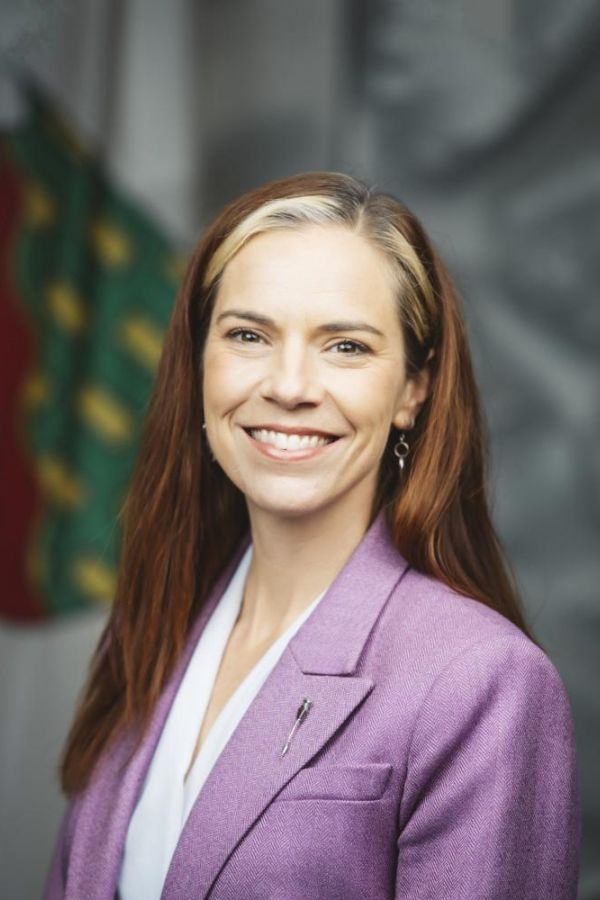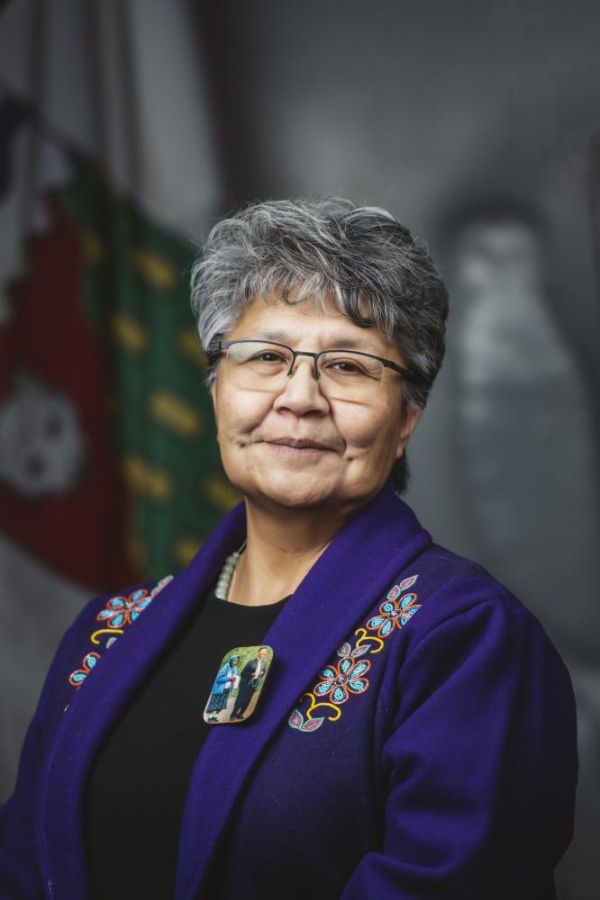Return to Oral Question 1353-19(2): Impacts of COVID-19 on Education

Mr. Speaker, I have a Return to Oral Question asked by Member for Inuvik Twin Lakes on February 13th, 2023, regarding the Impacts of COVID19 on Education. The question is:
What is known about high school attendance rates through COVID19, the attendance rates in small communities versus regional centres, and Indigenous students' attendance?
The Department of Education, Culture and Employment, or ECE, has publicly shared attendance data for 20202021 through the JK to 12 Performance Measures Report. In the 20202021 school year, many students returned to school only on a parttime basis and a few schools experienced closures due to COVID19 public health orders announced by the Office of the Chief Public Health Officer.
The Northwest Territories school system was able to adjust the collection of attendance data to capture remote learning; however, the effects of the pandemic impacted and continue to impact the ability to compare current attendance rates to prepandemic rates.
Additionally, attendance rates for the 20192020 school year only reflect the portion of the school year that included facetoface and inclass instruction from September 2nd, 2019 to March 13th, 2020 prior to the schools closing. As a result, data for the 20192020 and 20202021 school years remains incomparable to previous school years.
ECE publishes attendance data by grade, education body and community type, but not ethnicity. Further detail regarding the 20202021 attendance data can be found on pages 47 to 49 of the JK to 12 Performance Measures Report.
Overall, attendance in the NWT for the 20202021 school year was 79.9 percent. In Yellowknife, it was 85.3 percent, in regional centres 75.5 percent, and in small communities, 76.3 percent.
The 20212022 attendance data is currently being verified and will be included in the JK to 12 Performance Measures Report for 20212022, which is tentatively scheduled for release in June 2023.
In October 2022, ECE released the COVID19 Impact Indicators Report. This report examined available data on the effects of COVID19 on the NWT JK to 12 education system. The report found that attendance was difficult to properly maintain in 20192020 through to the 20212022 school period and that inferences from this time are therefore difficult to make. ECE will continue to collect, analyze, and report on data related to the impacts of COVID19 to better understand the pandemic's effects on education and improve student outcomes.
Question: Does the department identify and support students to complete their high school education that did not graduate and are ineligible for postsecondary studies?
Once students have entered high school, they begin taking courses and earning credits toward graduation; a total of 100 credits are currently needed to graduate. Although there are generalities around the order in which students take courses, there are no strict rules around courses and years. As such, students can continue to take high school courses year after year until they complete the 100 required credits for graduation. For some students, this can take only two years and for others, this can take upwards of five years.
The Career and Education Advising, or CEA, Program exists in schools to assist Grade 9 to 12 students through a career exploration process. The CEA Program supports them in making career or education development and transition choices and accomplishing related tasks, such as work experience, career, postsecondary or other training, and community living.
There are eight Career and Education Advisors with three based in the Yellowknife Region, one in the South Slave, one in the Deh Cho, one in the Tlicho, and one in the Sahtu, and one in the Beaufort Delta.
Full funding is available for students up to 21 years of age, with partial funding available for students older than 21 years of age, to continue taking courses in high school. Students can choose to leave high school before graduating but they are never removed from high school for not meeting graduation requirements. If a student contacts the department or the Divisional Education Council, support will be provided so long as they are under the age of 21. If they are older than 21, individuals are able to seek supports through Aurora College's Community Learning Centres.
Question: Is there a funding cap through the SFA program for students who might need multiple years of university PREP?
The Student Financial Assistance, or SFA, Program offers fulltime and parttime assistance to Northwest Territories residents attending accredited, postsecondary programs at an approved postsecondary institution. The SFA program supports eligible students who attend the Aurora College Occupations and College Access Program, or OCAP, and the University and College Access Program, or UCAP. There is no funding cap for students who access OCAP or UCAP. As long as the students remains eligible, they are able to access SFA funding for these programs.
While the SFA program offers assistance to students enrolled in OCAP or UCAP at Aurora College, the program does not provide assistance to students enrolled in other academic upgrading at Aurora College or any postsecondary institution.
ECE has completed the SFA program review and is proposing changes that will help to reduce the barriers students face in pursuing postsecondary education such as removing all semester limits for Northern Indigenous students and expanding remissible loans to all NWT residents. ECE believes these changes will better support students who need additional time to complete their postsecondary studies, including more time completing PREP. Thank you, Mr. Speaker.








